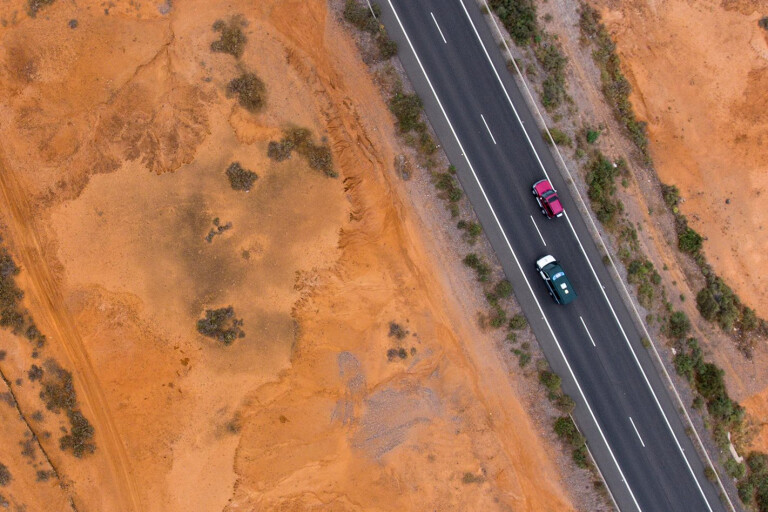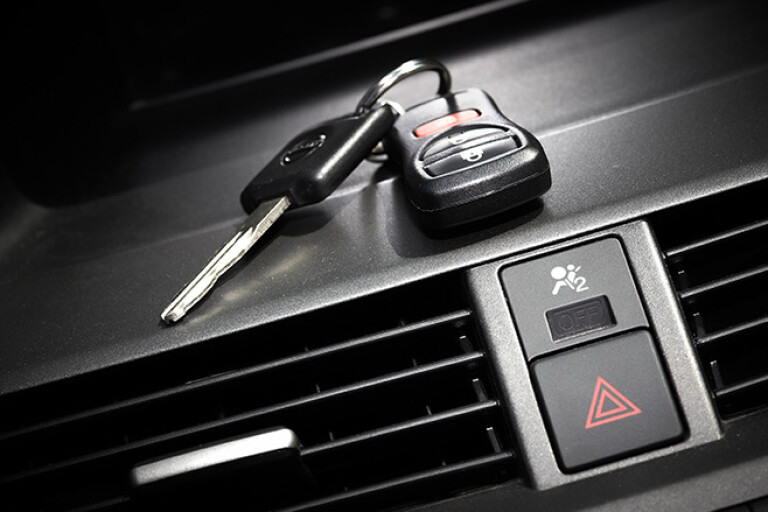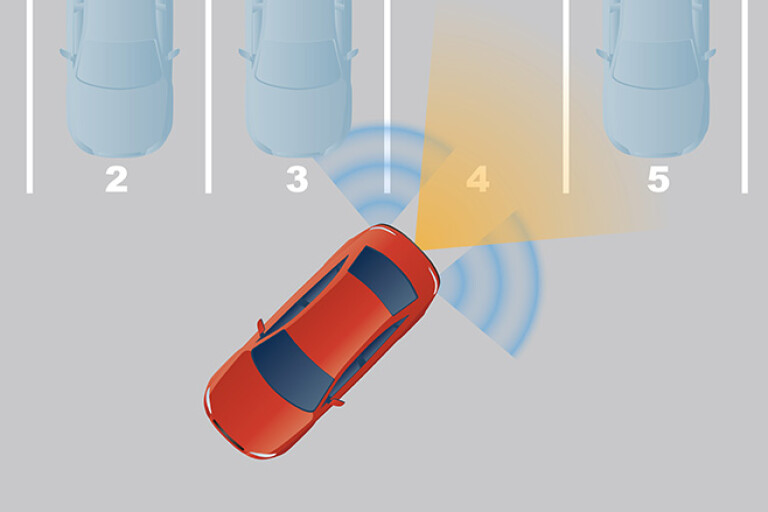
While the government makes more than a billion dollars in revenue off speed-related fines alone, there's also a handful of road rules that are unlikely to be enforced, but could catch you out if you happen to break them.
Each State and Territory has its own bespoke set of rules and subsequent consequences making it difficult for interstate travellers, but they’re all covered by the Road Traffic Act (1961).
We've delved into the fine print and found there's more than a few that'll catch you unaware...
1. Tooting your horn
According to Regulation 224 of the Australian Road Rules (ARR), you are actually breaking the law if you honk your horn unnecessarily.
Yep, that even includes friendly 'hello' and 'goodbye' toots!
“A driver must not use, or allow to be used, a horn, or similar warning device, fitted to or in the vehicle unless it is necessary to warn other road users or animals of the approach or position of the vehicle – or if it is being used as part of an anti-theft device, or an alcohol interlock device, fitted to the vehicle,” the rule reads.

2. Driving abnormally slowly
We’ve all become frustrated with slow drivers, but in some circumstances they technically may be breaking the law by impeding your path.
That is, if you're travelling between 20km/h and 80km/h along a road, you might cop a fine for unreasonably obstructing drivers or pedestrians.
According to the legislation, an example of abnormally slowly is “driving at a speed of 20 kilometres per hour on a length of road to which a speed limit of 80 kilometres per hour applies when there is no reason for the driver to drive at that speed on the length of road.”
3. Speeding up while being overtaken
Among the most infuriating moves motorists can make is to speed up just as soon as someone goes to overtake them, but it’s against the law to accelerate while you are being passed by another vehicle on a two-way road.
According to Regulation 145, “the other driver must not increase the speed at which the driver is driving until the first driver has passed the other driver, has returned to the line of traffic where the other driver is driving and is a sufficient distance in front of the other driver.” Take note, drivers.

4. Not leaving your handbrake on
This rule and the next one are all covered under Regulation 213 of the Act under the subheading of Making a Motor Vehicle Secure.
According to the regulation, “before leaving the vehicle, the driver must apply the parking brake effectively or, if weather conditions (for example, snow) would prevent the effective operation of the parking brake, restrain the vehicle’s movement in another way.”
Remember to add chocks to your car's snow kit this winter!
5. Leaving your keys in the ignition and car unlocked
Not only is it a cardinal common sense rule, but the Australian Road Rules insist that you must secure your car when away from the driver's seat.
And that’s before we get to the issue of your insurance company not coughing up if your car is stolen with the keys in the ignition.
It also falls under the aforementioned Regulation 213, “the driver must remove the ignition key before leaving the vehicle. “If the driver will be over three metres from the closest part of the vehicle and there is no-one left in the vehicle, the driver must secure the windows immediately before leaving the vehicle (if the windows of the vehicle can be secured) and lock the doors immediately after leaving the vehicle (if the doors of the vehicle can be locked)."

6. Using your fog lights in clear conditions
Regulation 217 says it is an offence to operate either front or rear fog lights “unless the driver is driving in fog or other hazardous weather conditions causing reduced visibility.”
According to the rule, a front fog light means any light other than headlight fitted to improve visibility while a rear fog light is defined as “a light other than a brake light, a tail-light, a number plate light or a reversing light which is fitted to the rear of a vehicle to make it more visible."
7. Reversing for too long
Regulation 296 of the Australian Road Rules, it is an offence for a driver of a vehicle to reverse a vehicle “further than is reasonable in the circumstances.”

8. Driving with limbs outside of the car
We've all put our arm on the window of a car on a hot summer's day, but in addition to the possibility of sunburn you might also be pulled up on Regulation 268.
"A person must not travel in or on a motor vehicle with any part of the person’s body outside a window or door of the vehicle." That is unless, your car's so old that you must use your arm to indicate left and right turns.
9. Stopping near a postbox
Australian drivers must not impede the delivery of mail, it's already slow enough as it is.
Specifically, Road Rule 199 states: "A driver must not stop on a road within three metres of a public postbox."

10. Splashing mud on someone who is using a bus
Okay, so this is a rule specific only to New South Wales road users, but it’s so unique that we had to mention it.
According to the New South Wales legislation, “a driver must take due care, by slowing down or stopping the vehicle if necessary, not to splash mud on any person in or on a bus, or any person entering or leaving any stationary bus, or any person waiting at any bus stop.”
It’s perfectly okay, it seems, to splash someone waiting for a taxi or a tram with mud – just not somebody waiting for a bus.
More guides to help you choose the best car & tyres for your needs
All advice stories
All tyre news & reviews
- Longest warranties & capped-price servicing period
- Buy new or used?
- Best cars for your teenager
- Must-have features for new drivers
- Active safety tech explained
- Australian road rules explained
- Does driving slower save fuel?
- Does my car need the pricier fuel?
- Help, I've used the wrong fuel!
- What is a hybrid car?
- How long do tyres last?
- What shoes should I wear to drive?
- What to do after buying a new car
- How much does LCT add to a car's price?
- The 'check engine' light just came on...
- Is it illegal to drive too slowly in Oz?
- FWD v RWD v AWD – which is safer?
- How much can my large SUV tow?
⚡ ALL ELECTRIC VEHICLE ADVICE
COMMENTS